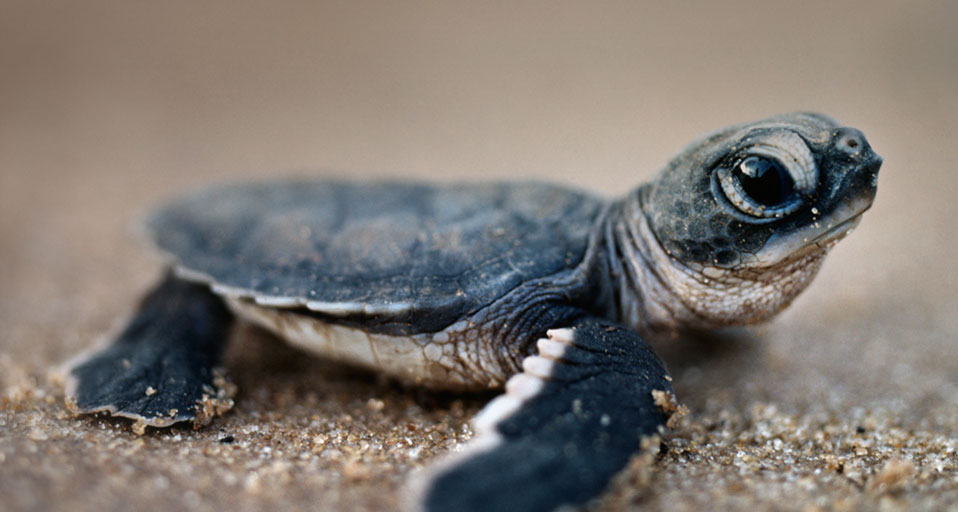Deakin turtle research gets Queen's stamp of approval
Media releaseA set of British postage stamps commemorating world-leading Deakin University research into sea turtle conservation have been released this week.
The British Indian Ocean Territory Administration, a remote archipelago in the middle of the Indian Ocean, released the commemorative first day issue of stamps featuring images of green and hawksbill sea turtles, monitored in a special program by researches from Deakin's Centre for Integrative Ecology and Swansea University (UK).
The territory atolls lie at the heart of one of the world's largest marine protected areas and contain a range of pristine marine habitats including coral reefs and seagrass beds.
Lead researcher Graeme Hays, an Alfred Deakin Professor of Marine Science in Deakin’s School of Life and Environmental Sciences, said the islands played host to major nesting populations of sea turtles, which journey from sites across the Indian Ocean to nest on the atolls' sandy beaches.
"Alongside my fellow research leader Nicole Esteban (from Swansea) our team have been assessing the status of these nesting populations and threats," Professor Hays said.
"We have been using satellites and tags to track the turtles so that the full extent of their range can be identified, allowing targeted conservation management at key sites across the ocean basin."
Initial results have been staggering, with some females that nested in the British Indian Ocean Territory travelling more than 4000km to mainland Africa to feed outside the breeding season.
"These findings show how academic and governmental collaborations across nations are needed to fully protect sea turtles," Professor Hays said.
"That’s why we’re particularly excited about our research being recognised with this set of stamps, personally approved by the Queen, it’s not often you get royal approval in this way. We hope this will give the project greater exposure and share the importance of preserving coastal habitats."

